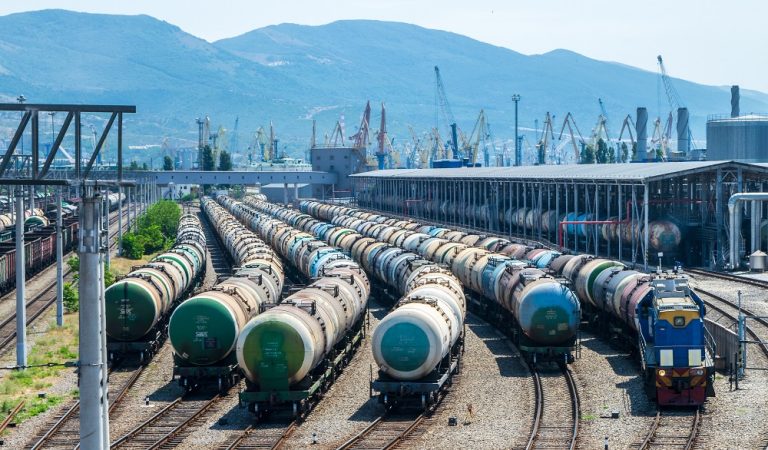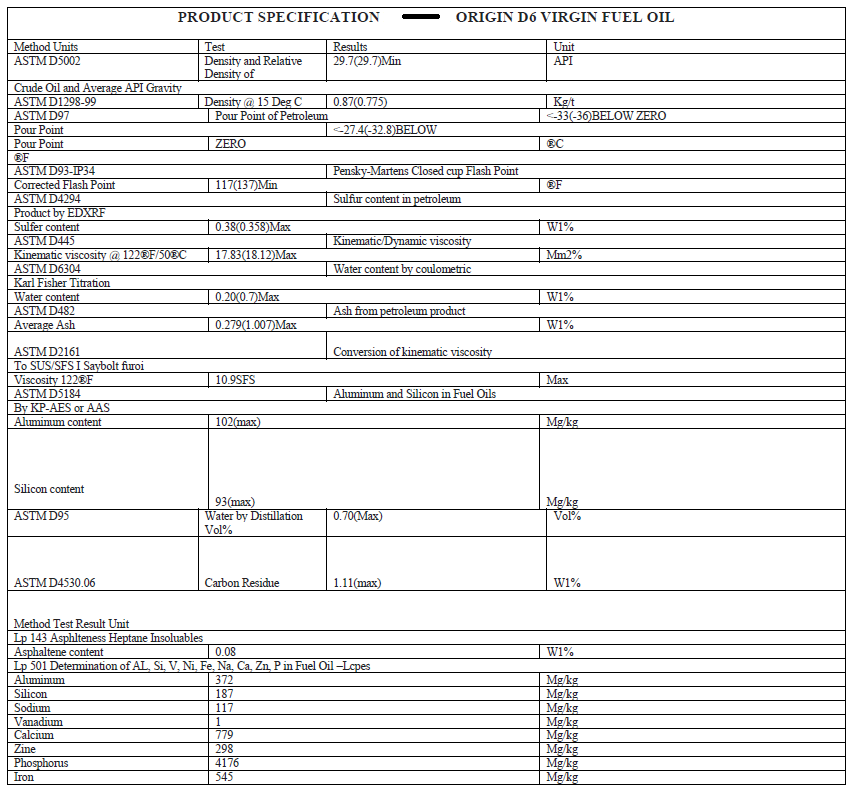
Understanding D6 Fuel and Its Industrial Uses
D6 fuel is a heavy residual fuel primarily used in large-scale applications such as power plants and big ocean-going ships. Before it can be utilized, it must be preheated, making it unsuitable for smaller engines, vessels, or vehicles without preheating capability.
In the United States, it is known as D6, while other regions use different names. The term “residual” refers to the substance left after the more valuable fractions of crude oil have been distilled off. This residue can contain impurities, including up to 2% water and around 0.5% mineral sediment. D6 is also referred to as residual fuel oil (RFO), Bunker C under Navy specifications, or PS-400 under Pacific specifications.
Challenges of Using D6 Fuel
Recent updates to fuel quality regulations now require additional refining of D6 fuel to reduce its sulfur content, resulting in higher production costs. Despite this improvement, D6 remains limited in use due to its high viscosity, significant pollutant levels, and the need for preheating before use. These factors make it unsuitable for smaller ships, boats, or vehicles without preheating systems. However, its properties still make it viable for large-scale applications. Power plants and large ocean-going vessels can efficiently utilize residual fuel oil like D6, where specialized equipment and preheating capabilities are already in place for effective operation.

